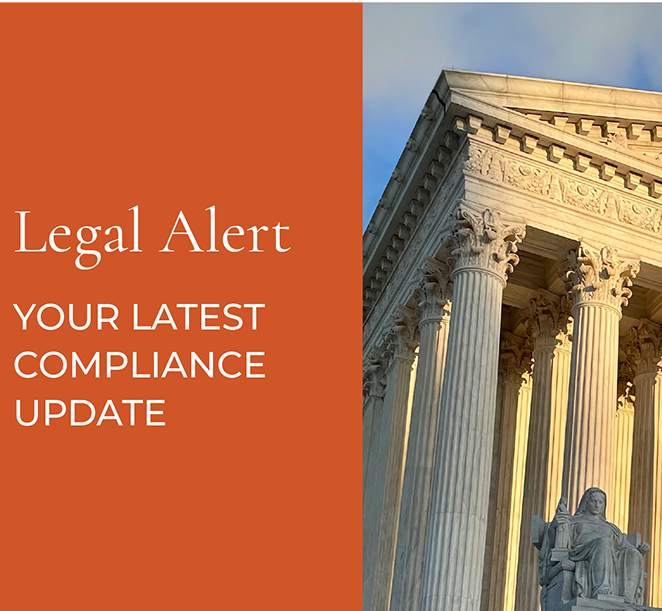7 Strategies to Reduce Employer Health Plan Costs—Despite a Pandemic
What I’m about to share is probably not what you would expect. In a pandemic year, you could very well get a favorable (or even negative) health plan renewal rate. Especially if you’re a tech employer.
Seems incredulous, on the surface, so I’ll dive in and provide some background. As a benefits advisor, my team and I negotiate health plan renewals on behalf of our clients. And we’re seeing an unprecedented opportunity to get significantly better rates for comparable coverage this year.
COVID-19 Impact on Health Plans
You may well receive a rebate from your dental carrier due to low utilization. Many are following in the steps of auto insurers on this front.
On the medical side, it depends on your group:
- Older groups: your incidence of COVID-19 is likely much higher
- Younger groups: your incidence of COVID-19 is likely much lower
This isn’t to say a lot of younger people didn’t have it. It’s just that the need for medical treatment is lower.
Also, non-essential surgeries (non-life-threatening) were deferred. When this lifts, there will be a backlog.
COVID-19 tests and treatment are being covered without cost-sharing, although the timeframe for coverage varies by carrier. And, we may yet see an extension of timeframes.
And what about Antibody Testing without cost-sharing? What we’re generally seeing is that once one carrier announces something, others follow suit. And UnitedHealthcare recently announced (5/10/20):
“During the national public health emergency period, UnitedHealthcare will cover FDA-authorized COVID-19 antibody tests ordered by a physician or appropriately licensed health care professional without cost-sharing (copayment, co-insurance or deductible)...” See UHC Employer COVID-19 FAQs, under “Testing”, last page.
What to Expect From Carriers
Most employers expect health insurance rates will go up due to COVID-19, but that’s not necessarily the case. Understanding your claims data will be critical.
During your renewal, carriers will likely be:
- Especially conservative with their existing groups, and
- Much more aggressive with prospective groups.
Using this to your advantage is key. For tech groups, which tend to skew young and healthy, your data may be very favorable—so don’t accept a high renewal just because of COVID-19.
Navigating a Favorable Renewal Rate
Negotiation is going to be more important than ever this year. As well as understanding the inherent tech inequity in the renewal process and how your employer size factors into the equation.
TECH INEQUITY
- Most tech firms significantly overpay for their health plans
- Their employee populations skew young and healthy
- These groups typically subsidize losses in the carrier’s broader portfolio of business
- Your renewal hikes aren’t necessarily tied to your own company’s health risk
EMPLOYER SIZE MATTERS
- 100 employees qualifies you as a large group, and large group rates are negotiable (vs age banded).
- Over 250 employees you should be getting claims data from your carrier so you can get a renewal that’s in line with your group’s actual costs.
7 Key Strategies to Reduce Costs
- Start your renewal process early this year.
- Don’t accept a high renewal just because of COVID-19.
- Benchmark your plans against similar companies (size, geo, industry, employee population).
- Be willing to go out to market and change carriers for better rates on comparable coverage.
- Consider moving to a narrow network and/or Consumer-Driven Health Plan (HDHP + HSA).
- Understand the 100 employee milestone (large group rates are negotiable). If you’re still on a PEO, you’ve almost certainly outgrown the convenience/cost model.
- If you’re considering a RIF and you’re teetering between large/small group, consult your benefits advisor first.
Start Your Renewal Process Early
Add extra time to your renewal process this year for carrier negotiation. And, to help you get a favorable renewal, Lumity is offering a complimentary benchmark of your plans. This is the first, critical, step towards getting the information you need to get a better rate, and it’s our gift to you.
Breathe.
From an employee benefits perspective, things have changed at a head-spinning pace. We’ve probably seen more changes over the last two months than the 20 years prior to the pandemic (and I would almost include the ACA!)
It’s been such a fast and furious flurry of benefits updates that we’ve been sending a daily bulletin to our clients since March 16. (And our initial COVID-19 client alert went out on February 28 with policies, planning, and employee communication templates).
We’re all working hard to stay on top of things. Employers. HR pros. Benefits advisors. Carriers. Vendors. I encourage you to take a deep breath each time something new rolls out.
The changes are coming so fast that the implications and second-order effects are not thought through. I’m specifically thinking of the recent permitted IRS guidance (Notice 2020-29 and Notice 2020-33) and mandated DOL extension of certain timeframes for benefits plans.
Remember to breathe. We’ll get through this.





